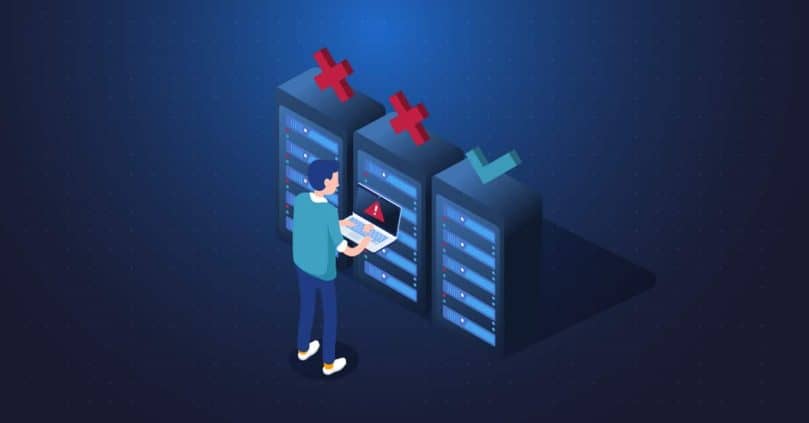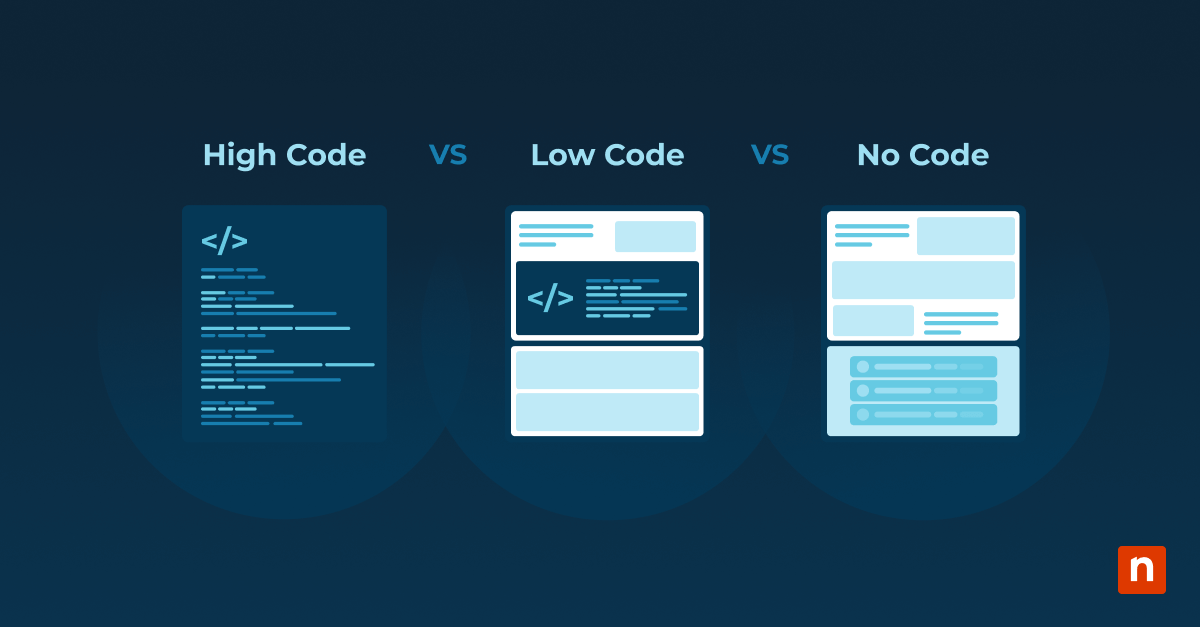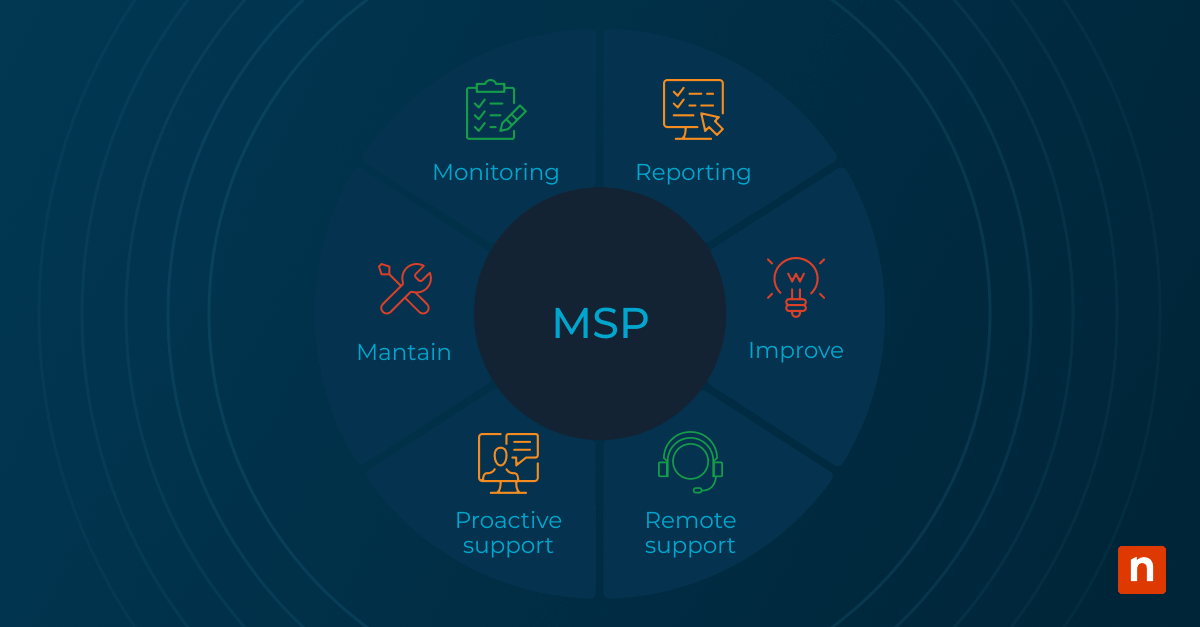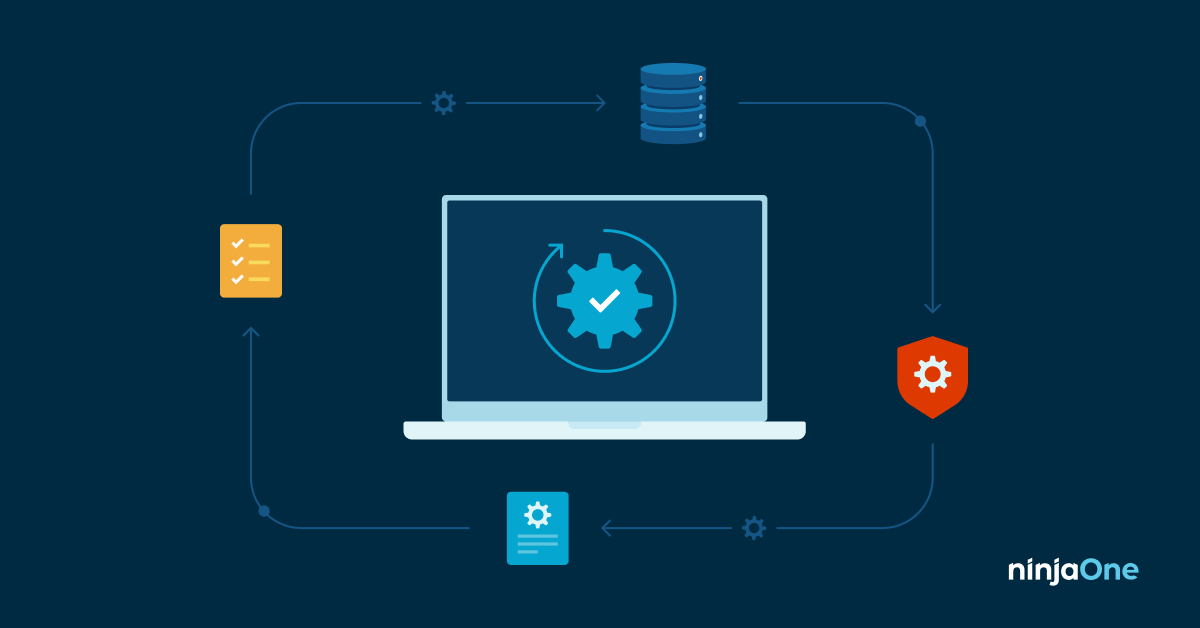A major component of running an MSP (or any business) is reaching and maintaining a state of profitability. Once upon a time, the first decision that most IT providers had to make was choosing between the “break/fix” and “managed services” pricing and operations models. These days, it seems like that question isn’t asked quite so often as the vast majority of IT providers have taken the managed services route. But does break/fix really deserve to be left behind, or is there a place for it in the modern IT space?
What this article will cover:
- What is break/fix?
- What are the differences between break/fix and managed services IT model?
- Why is break/fix in decline?
- Is there still a place for break/fix in the IT industry?
- How to transition from break/fix to the MSP model
What is Break/Fix?
The concept of break/fix IT services is pretty self-explanatory: When something breaks, the IT provider shows up to fix it. This is essentially the old stereotype of the IT technician who works almost like an appliance repair person. You sort of forget they exist until your workstation crashes and you have to call the phone number on his magnet he left on the break room fridge.
Break/fix IT services usually revolve around these types of emergency calls and the associated on-site visits. Customers are billed for parts and time spent fixing their IT issues. As you can imagine, there’s little discussion of strategy or the future of the organization’s IT infrastructure.
This purely transactional approach to network, hardware, and software service means organizations get exactly the amount of attention they need to keep things running. From a customer’s perspective, this once sounded ideal. Why pay for IT when everything is working? You don’t pay for water when the faucet isn’t running, right?
(This perception has changed quite a bit over the last decade or so, as we’ll discuss further along in this article.)
Common break/fix scope of services typically include:
- Hardware upgrades or installation
- Peripheral equipment installation
- Network setup
- Installing antivirus and setting up firewalls
- Setting up privacy and productivity software
- Piecemeal staff training or orientation with new devices/software
Are there any advantages to the break/fix approach?
The ad hoc nature of break/fix IT services does carry a few benefits:
- Fee-for-service billing: The transactional pricing model offered by break/fix IT means businesses only pay for services and parts they actually need. This means no complex agreements, no securing contract approval, and no monthly fees that need to be justified to the CFO.
- Self-sufficiency: Organizations large enough to have their own IT team or IT manager can maintain a certain level of autonomy while still having access to outside help when they need it.
- Greater privacy and security (potentially): MSPs are being targeted by hackers at an ever-increasing rate simply because they can provide a gateway to numerous other clients. Organizations who manage their own IT or work with a break/fix provider generally have fewer vectors by which a cybercriminal can access their network. This consideration is becoming less and less important as MSPs are taking a more serious approach to securing their clients.
- Simplicity and control: The needs of some organizations warrant an approach where they maintain complete control over when, where, and how outside IT professionals interact with their assets. While break/fix is a truly minimalist approach to IT, it does afford a great deal of simplicity to the relationship.
What are the Differences Between Break/Fix and the Managed Services Model?
The managed IT model involves outsourced third-party Managed Service Providers (MSPs) that assume a strategic role with their clients and oversee their entire IT ecosystems.
This approach fosters a more holistic approach to IT management, based on an ongoing partnership between the client organization and the IT provider. Unlike break/fix, MSP IT management predominantly takes place off-premises, using their own network of remote management tools to actively monitor and address IT problems as they’re identified.
The broader relationship between MSP and client means that agreements take on greater depth. Managed IT service providers establish a service level agreement (SLA) and managed services agreement (MSA) with each client, setting out pre-established terms and conditions for the scope of the MSPs work, monthly costs, and their target response times.
Managed IT services and break/fix services differ in the following ways:
- Payment structure: The managed IT services model typically bills on a flat monthly rate, excluding costs associated with approved projects. Break/fix charges on a fee-for-service model, with customers billed for actual parts and labor at the end of a service call or project.
- Costs: Managed services offer steady, often flat-rate subscriptions and fees, whereas break/fix is entirely variable.
- Agency: The MSP assumes almost complete control of the client’s network and technology — and generally take on all of the accountability for its function. With break/fix, the IT provider only assumes as much control as is needed to address the latest IT issue, fix a problem, or complete a limited project.
- Stability: By nature, break/fix is a reactive approach that doesn’t promote ongoing network stability. The managed services model is purpose-built to maintain IT stability and uptime over the long term.
- Risk: There is an inherent risk to waiting until something breaks to call for IT help versus paying for ongoing maintenance. While many organizations will never face a major IT meltdown, those who do will face much higher costs when relying on a break/fix solution.
- Support: MSPs typically offer 24/7 helpdesks which can be reached any time for support. This is usually not the case with break/fix providers.
Why is Break/Fix Declining in Popularity?
The list above illustrates many of the reasons why break/fix has lost popularity compared to managed IT services.
First and foremost, break/fix is a reactive approach to maintaining IT infrastructure. As mentioned earlier, it’s never ideal to wait until a critical component fails to address it. Organizations are now well aware of how important ongoing IT maintenance is — especially since downtime can be extremely costly in the digital age.
Break/fix also requires a certain amount of in-house work, whether that involves an actual IT team or just a few people on staff who know basic computer and network skills. Regardless, this means internal resources are being diverted toward IT, and the more advanced business IT gets, the harder it is to find those resources.
One reason why break/fix has survived the rise of managed services is cost. It’s difficult for many end users to see past the idea of “only paying for what you need”. This perception has improved organically over time, and more and more organizations are aware of the cost benefits of managed services. Essentially, the better price of break/fix is an illusion when all of those small IT invoices are compared against the total flat cost of a managed services contract.
End users and organizations have also come to understand something about what motivates their IT providers. A break/fix provider has very little motivation to keep a network pristine and avoid future issues. On the other hand, a managed services provider is fully devoted to keeping their clients problem-free; their bottom lines depend on it.
Perhaps the final coffin nail for break/fix is the disparity between service levels. Managed services providers offer faster and more readily-available support. It’s not just part of their service-focused model, but built into their operational DNA. Remote access and optimized ticketing systems make remediation a far more streamlined affair.
Is There Any Room for Break/Fix in Modern IT?
Despite all these disadvantages and a growing general disdain for break/fix among IT professionals, many IT providers continue to offer this model.
It seems that many such IT providers are “stuck” in this old-school way of delivering IT services — and many of them aren’t exactly thrilled about it. On the other hand, there are noteworthy examples of MSPs who intentionally offer break/fix services to select clients. Oftentimes, it’s the clients who pose too much of a risk under a managed services agreement. Or it may be a client who can’t afford an agreement at any price but is still willing to pay for some block-time IT support.
Either way, it’s obvious that the IT providers who are still making it work are being very selective and careful about their break/fix deals. What they’re doing, they’re doing deliberately.
But what about the IT companies that don’t want to be in the break/fix business? Transitioning is not only possible, but is becoming more manageable as new solutions and proven pathways emerge.
Transitioning from Break/Fix to a Managed Services Model
Even though thousands of IT providers have already blazed a trail between break/fix and the managed services model, it’s still important to consider your transition carefully. The switch to MSP will completely change the way your business operates — everything from billing to techs to vendor management.
The NinjaOne team has addressed the subject of transitioning from break-fix to managed services in several articles and Live Chats. I recommend starting your exploration of this topic with the following two links:
How to Transition from Break/Fix to Managed Services: Which Path is Best For You?
Also Read: How to Convert Break/Fix Customers to Managed Services: Do’s and Don’ts
Conclusion
Break/fix is an outdated IT model, but it’s still clinging on in very select — and sometimes undesirable — situations. By and large, the IT industry has made an almost complete transition to managed services as the go-to business model for providing the most effective, reliable, and cost-effective IT support. NinjaOne has many resources (and a really awesome RMM tool, by the way) that can help you make the transition to the current standard.
Why NinjaOne?
NinjaOne is a powerful, easy-to-use remote monitoring and management platform that provides a single-pane-of-glass view into all the endpoints within an organization, and all the tools IT teams need to improve delivery. Our platform simplifies and automates the day-to-day work of managed service providers and IT professionals so they can focus on complex, value-added services, end-user relationships, and strategic projects.
- Month to month: no long-term contracts
- Flexible per device pricing
- Free and unlimited onboarding
- Free and unlimited training
- Ranked #1 in support








